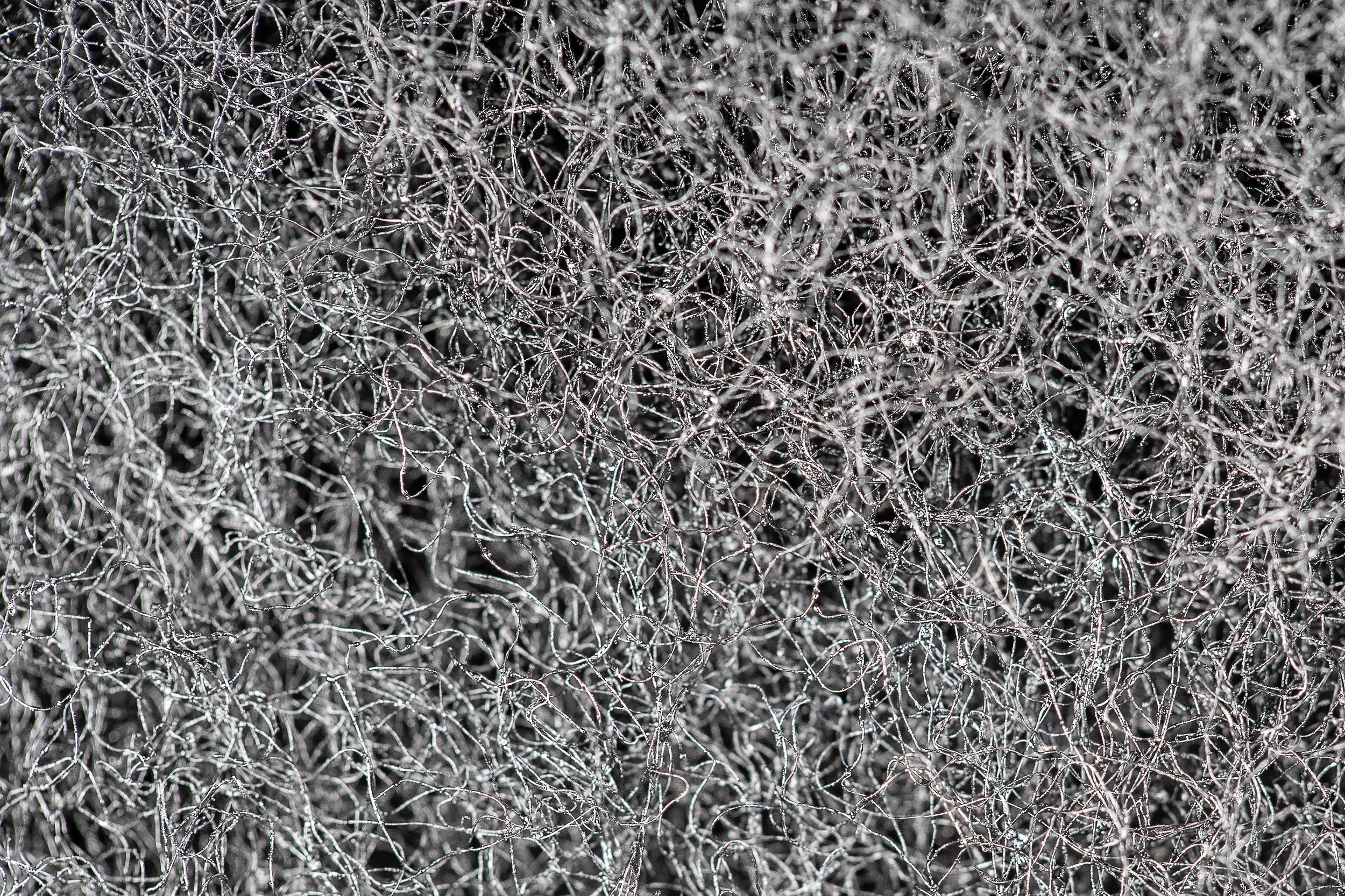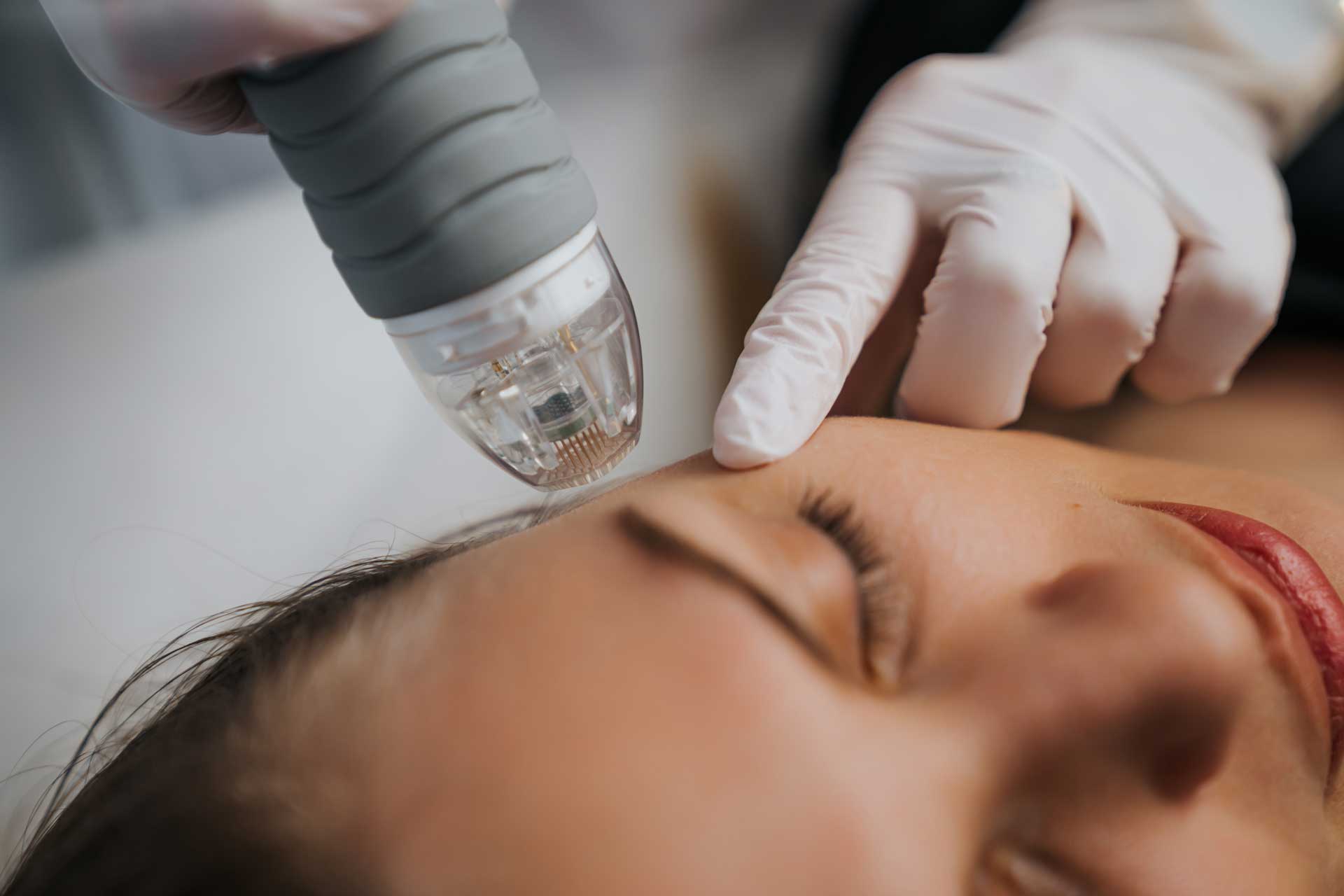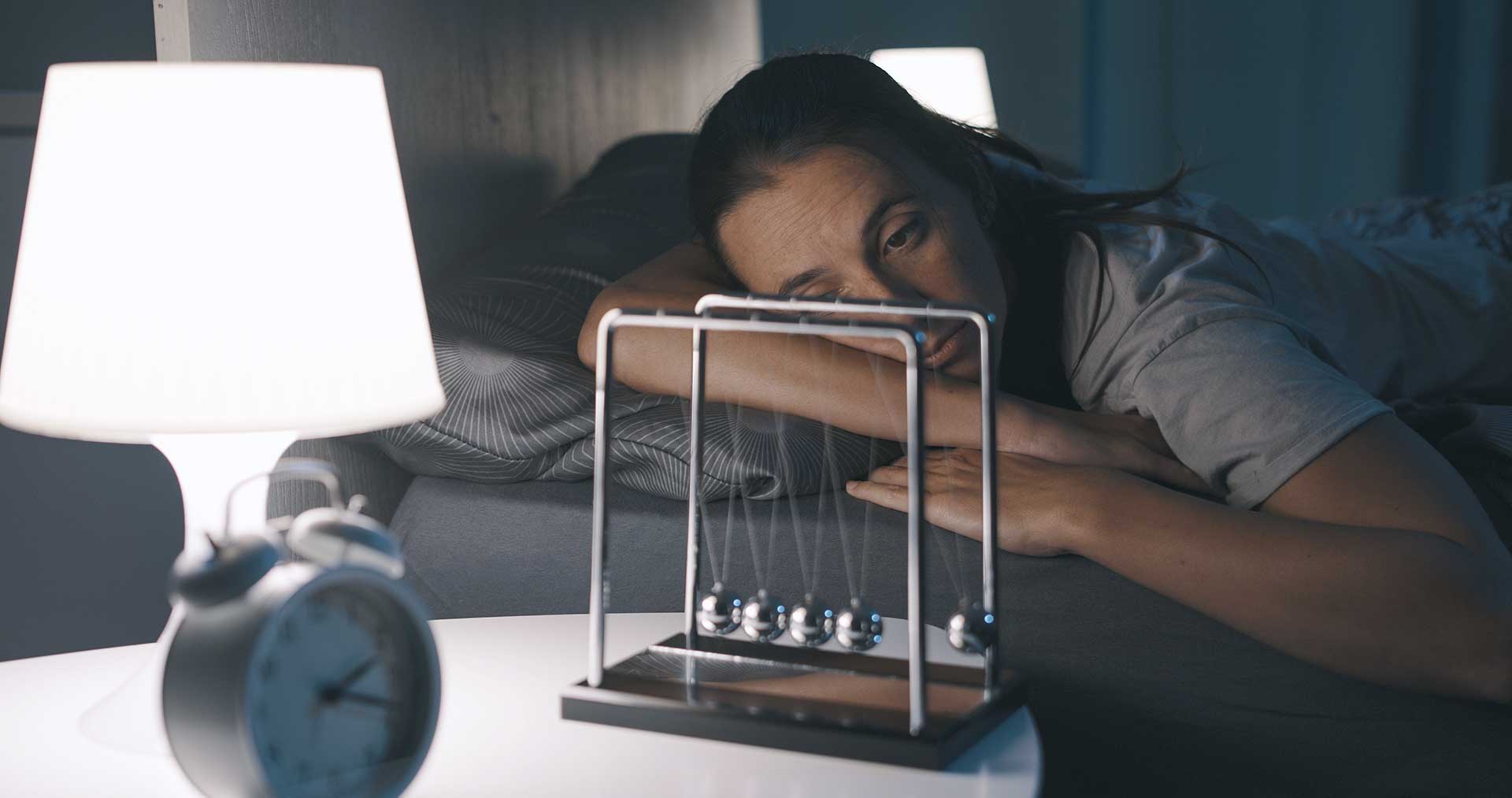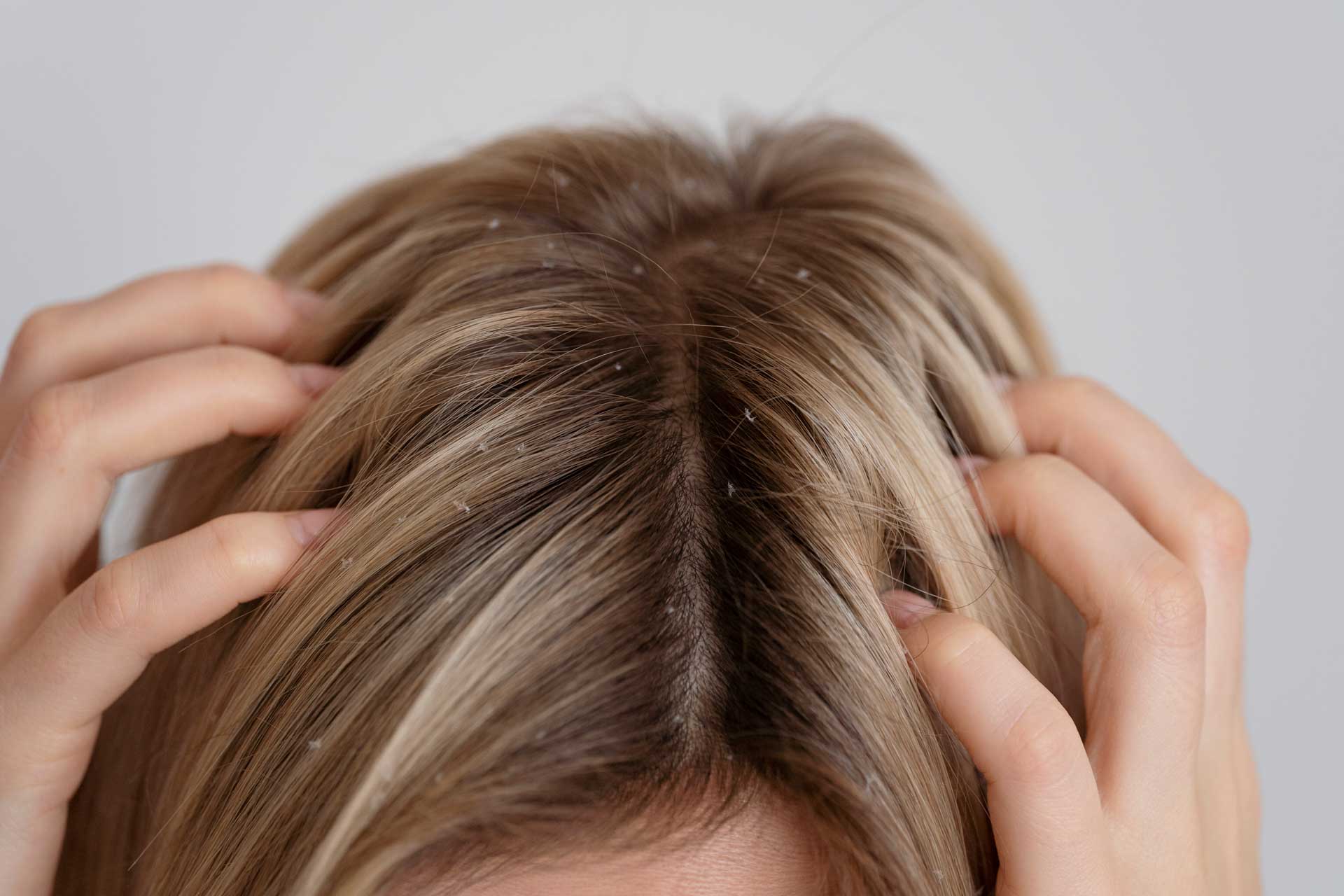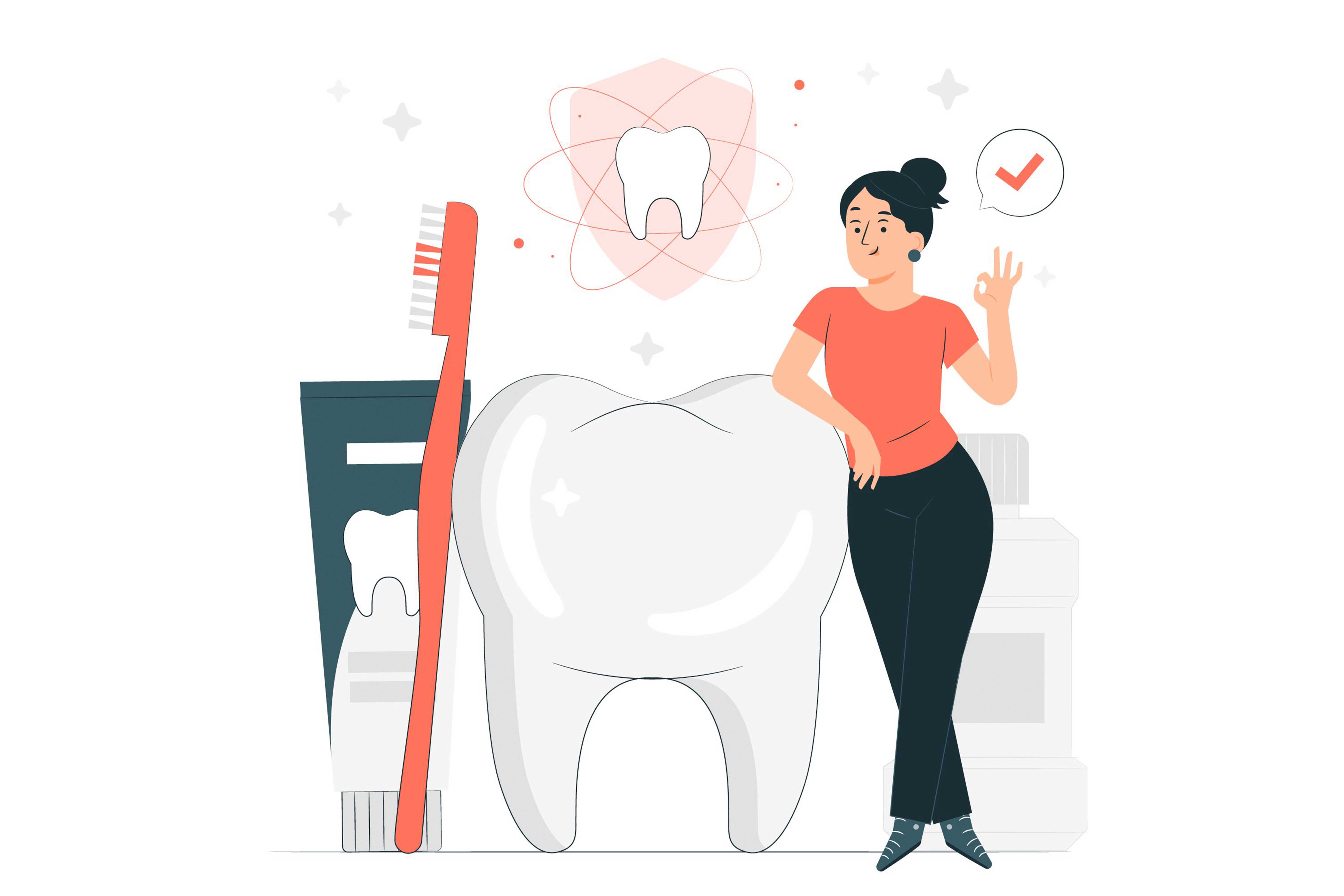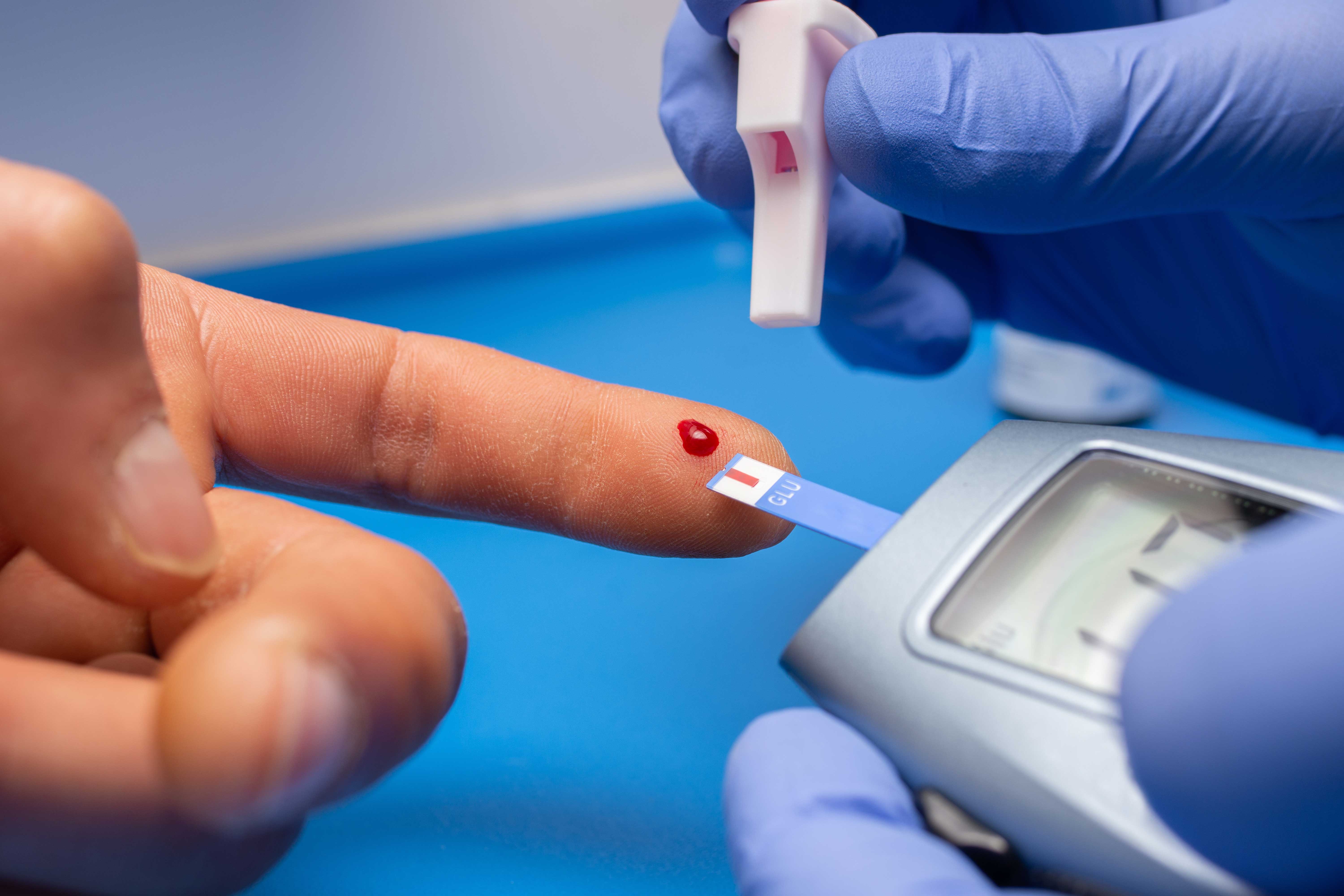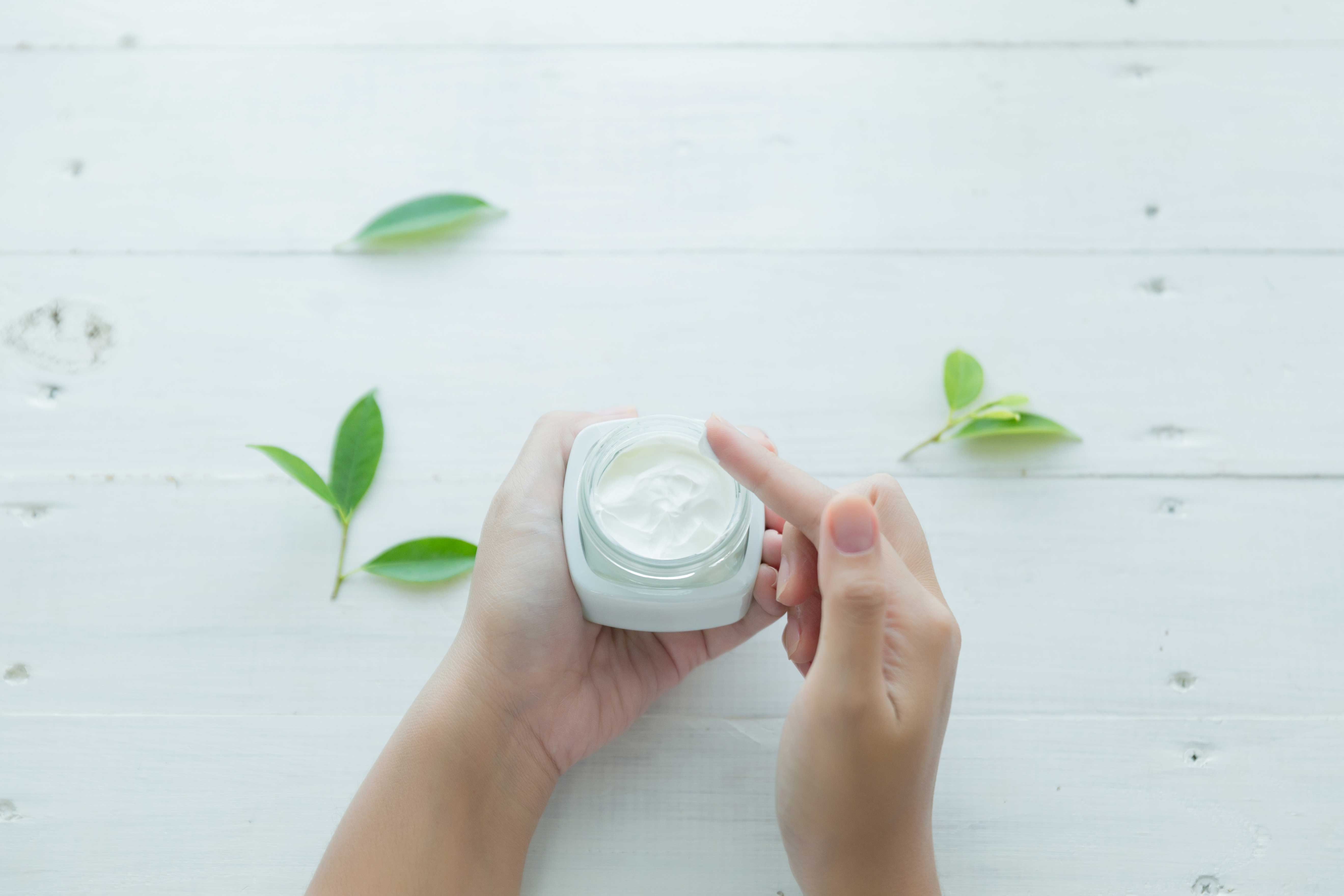Blepharitis: What is it and how is it treated?
"Blepharitis, inflammation and irritation occurring at the edges of the eyelids, is an eye health problem that becomes apparent with inflammation."

What is blepharitis?
Symptoms
Causes
Risk factors
How is it diagnosed?
Complications
Treatment options
How to maintain eyelid hygiene?
Medications
Does blepharitis recur?
Amescua G, Akpek
EK, Farid M, Garcia-Ferrer FJ, Lin A, Rhee MK, Varu DM, Musch DC, Dunn SP, Mah
FS. (2019). American Academy of Ophthalmology Preferred Practice Pattern C,
External Disease P. Blepharitis Preferred Practice Pattern(R). Ophthalmology 126:P56-P93.
https://www.aaojournal.org/article/S0161-6420(18)32645-9/fulltext
Bernardes TF,
Bonfioli AA. (2010). Blepharitis. Semin Ophthalmol 25:79-83.
https://pubmed.ncbi.nlm.nih.gov/20590417/
Khanal S,
Tomlinson A, Diaper CJ. (2009). Tear physiology of aqueous deficiency and
evaporative dry eye. Optom Vis Sci 86:1235-1240.
https://journals.lww.com/optvissci/fulltext/2009/11000/tear_physiology_of_aqueous_deficiency_and.5.aspx
Kheirkhah A,
Blanco G, Casas V, Tseng SC. (2007). Fluorescein dye improves microscopic
evaluation and counting of demodex in blepharitis with cylindrical dandruff.
Cornea 26:697-700.
https://journals.lww.com/corneajrnl/fulltext/2007/07000/Quantitative_Anatomical_Differences_in_Central.10.aspx
Li W, Sun X,
Wang Z, Zhang Y. (2018). A survey of contact lens-related complications in a
tertiary hospital in China. Cont Lens Anterior Eye 41:201-204.
https://www.sciencedirect.com/science/article/pii/S1367048417301078
McCulley JP,
Dougherty JM. (1985). Blepharitis associated with acne rosacea and seborrheic
dermatitis. Int Ophthalmol Clin 25:159-172.
https://journals.lww.com/internat-ophthalmology/citation/1985/02510/blepharitis_associated_with_acne_rosacea_and.10.aspx
Pflugfelder SC,
Karpecki PM, Perez VL. (2014). Treatment of blepharitis: recent clinical
trials. Ocul Surf 12:273-284.
https://www.sciencedirect.com/science/article/pii/S1542012414001268
Sabeti S,
Kheirkhah A, Yin J, Dana R. (2020). Management of meibomian gland dysfunction:
a review. Surv Ophthalmol 65:205-217.
https://www.sciencedirect.com/science/article/pii/S003962571930253X
Schaumberg DA,
Nichols JJ, Papas EB, Tong L, Uchino M, Nichols KK. (2011). The international
workshop on meibomian gland dysfunction: report of the subcommittee on the
epidemiology of, and associated risk factors for. Invest Ophthalmol Vis Sci
52:1994-2005.
https://iovs.arvojournals.org/article.aspx?articleid=2126338
Scheinfeld N,
Berk T. (2010). A review of the diagnosis and treatment of rosacea. Postgrad
Med 122:139-143.
https://www.tandfonline.com/doi/abs/10.3810/pgm.2010.01.2107
Shah PP, Stein
RL, Perry HD. (2022). Update on the Management of Demodex Blepharitis. Cornea
41:934-939.
https://journals.lww.com/corneajrnl/fulltext/2022/08000/Update_on_the_Management_of_Demodex_Blepharitis.2.aspx
Tavassoli S,
Wong N, Chan E. (2021). Ocular manifestations of rosacea: A clinical review.
Clin Exp Ophthalmol 49:104-117.
https://onlinelibrary.wiley.com/doi/full/10.1111/ceo.13900











